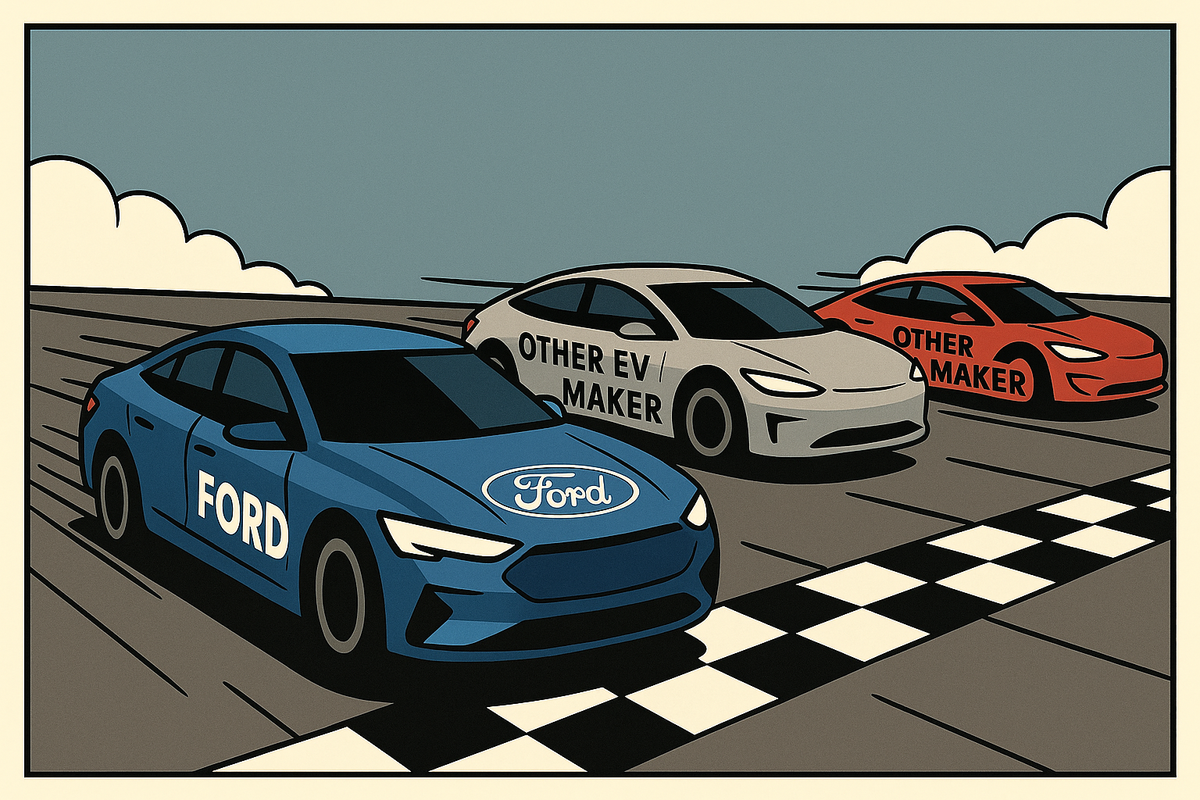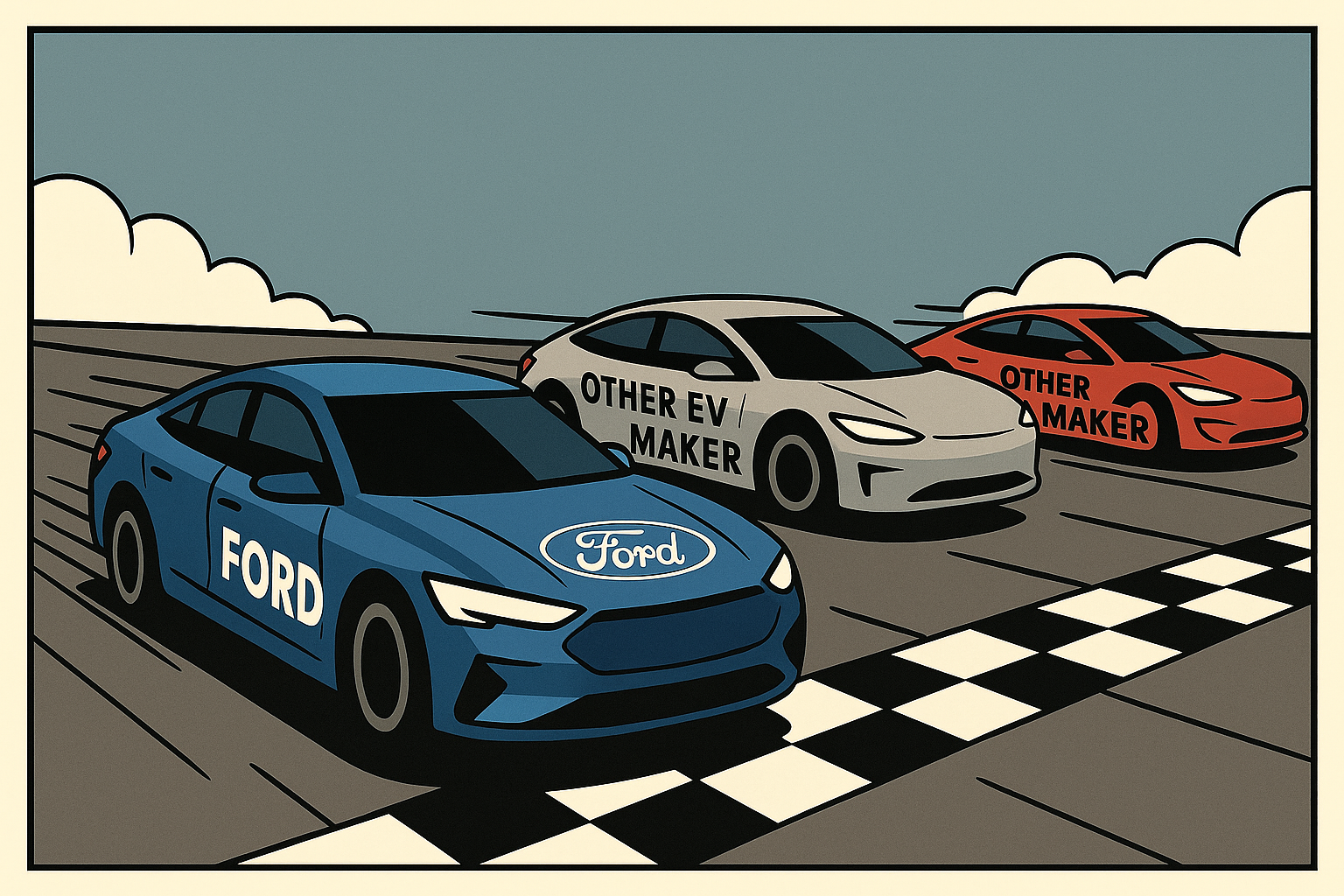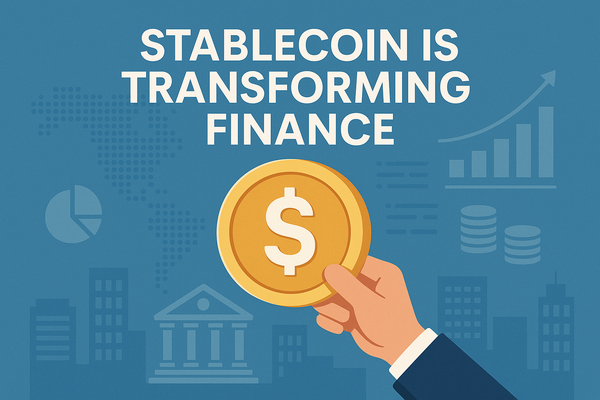Will an Affordable EV Platform Save Ford Motor Company?


In recent years, Ford Motor Company has faced a high-stakes crossroads as the automotive industry undergoes a once-in-a-century transformation toward electrification. Once a symbol of American industrial might and mass-market innovation, Ford is now battling against legacy challenges, fierce competition, and changing consumer expectations. At the center of Ford’s strategy for survival and future relevance is its bold bet on an affordable electric vehicle (EV) platform—a move seen as both a technological leap and a gamble with existential implications.
The Legacy and the Challenge
For over a century, Ford has thrived on its reputation for reliable, attainable vehicles for the masses. The Model T, introduced in 1908, set the standard for accessible personal transportation. However, as the automotive world pivots toward EVs, the economics and logistics of electric mobility pose unprecedented obstacles for legacy automakers. The high costs of batteries, supply chain complexity, and the need for entirely new manufacturing processes have left many traditional carmakers, including Ford, scrambling to adapt.
While early EVs catered to the luxury market, with brands like Tesla and Rivian targeting high-income buyers, Ford’s DNA is rooted in affordability and mass adoption. Ford’s challenge is clear: can it transition from gasoline to electric while maintaining its status as the automaker for the everyman?
The Affordable EV Platform Strategy
Recognizing these pressures, Ford unveiled plans to develop a dedicated affordable EV platform. The platform is designed to underpin a new generation of low-cost, high-volume electric vehicles. This initiative aims to lower the average price point of an EV, breaking the $30,000 barrier that has proven elusive for many automakers.
The platform approach has several potential benefits:
- Scalability: A modular platform allows for multiple vehicle types—hatchbacks, sedans, SUVs—to be produced using the same underlying architecture. This can drive economies of scale and streamline manufacturing.
- Cost Reduction: By simplifying design and engineering across models, Ford hopes to reduce per-unit costs, particularly in battery systems, which remain the most expensive component of an EV.
- Faster Market Response: A shared platform makes it easier to roll out updates and new models, allowing Ford to respond swiftly to shifting market trends and regulatory demands.
Competitive Pressure and the Global Race
The urgency of Ford’s affordable EV push is amplified by aggressive competition. Chinese automakers such as BYD and Geely are rapidly capturing global market share with low-cost EVs. Meanwhile, Tesla’s price cuts and growing global footprint have raised the bar for what mainstream consumers expect in both price and technology.
In North America and Europe, new government incentives and emissions targets are pushing all automakers to accelerate their EV programs. Delays or missteps could result in lost market share that may never be regained.
Ford’s Execution and Roadblocks
Ford’s leadership has publicly stated its intention to be “the top EV maker in America.” The company is investing billions in new battery plants, partnerships for critical minerals, and retrofitting its iconic factories for electric production. The company has already made strides with models like the Mustang Mach-E and F-150 Lightning, but these remain priced above the reach of many buyers.
The true test will come with Ford’s forthcoming affordable EV lineup. Here, the company faces several critical hurdles:
- Battery Technology: Achieving cost parity with internal combustion vehicles depends on battery innovation. Ford is banking on new chemistries and supply deals to lower costs, but the industry is rife with volatility and supply constraints.
- Dealer and Service Network: Transitioning thousands of dealers and service technicians from gas to electric is a massive logistical and cultural challenge.
- Profitability: Automakers worldwide are discovering that high-volume, low-cost EVs often deliver thin margins, especially in the early years of mass production. Ford’s ability to maintain profitability during the ramp-up will be closely watched.
Investor Implications
For investors, the stakes are immense. Ford’s (NYSE:F) stock price has fluctuated dramatically as Wall Street weighs the company’s future in a rapidly electrifying landscape. If Ford’s affordable EV platform succeeds, the company could reclaim its mantle as the leading brand for American families and secure a foothold in the next era of personal mobility. A failure to execute, however, could leave Ford marginalized as nimbler, tech-first competitors dominate the EV market.
Consumer Impact
For millions of drivers, the arrival of a truly affordable electric Ford could represent a turning point—making the transition from gasoline to electric not just desirable, but feasible. If Ford can deliver EVs with the range, features, and reliability that mainstream buyers expect, at prices comparable to traditional cars, it could catalyze mass adoption and redefine the automotive market.
The Road Ahead
Ford’s journey toward an affordable EV platform is fraught with risk but also brimming with opportunity. The company’s willingness to bet its future on accessible electric mobility reflects both the existential pressures of the moment and a return to its historical roots as an innovator for the masses.
Whether this gamble will “save” Ford, or merely buy it time in an era of accelerating change, will depend on the company’s execution, technological agility, and its ability to win over both investors and everyday consumers. One thing is clear: the future of Ford—and perhaps the broader American automotive industry—may well ride on the success of the affordable EV.
Disclaimer: This article is for informational purposes only and does not constitute investment advice. Please conduct your own research or consult a financial advisor before making investment decisions.



